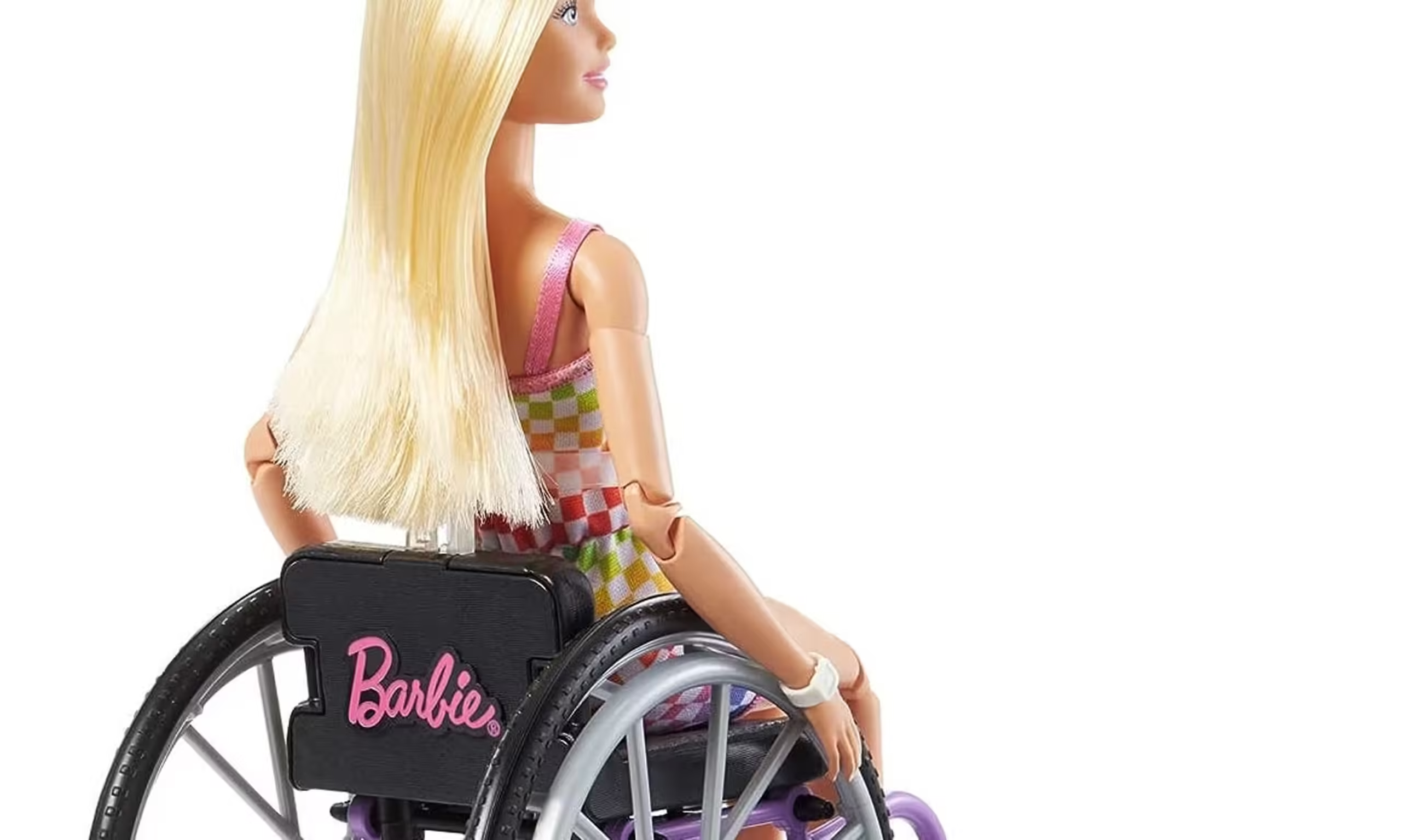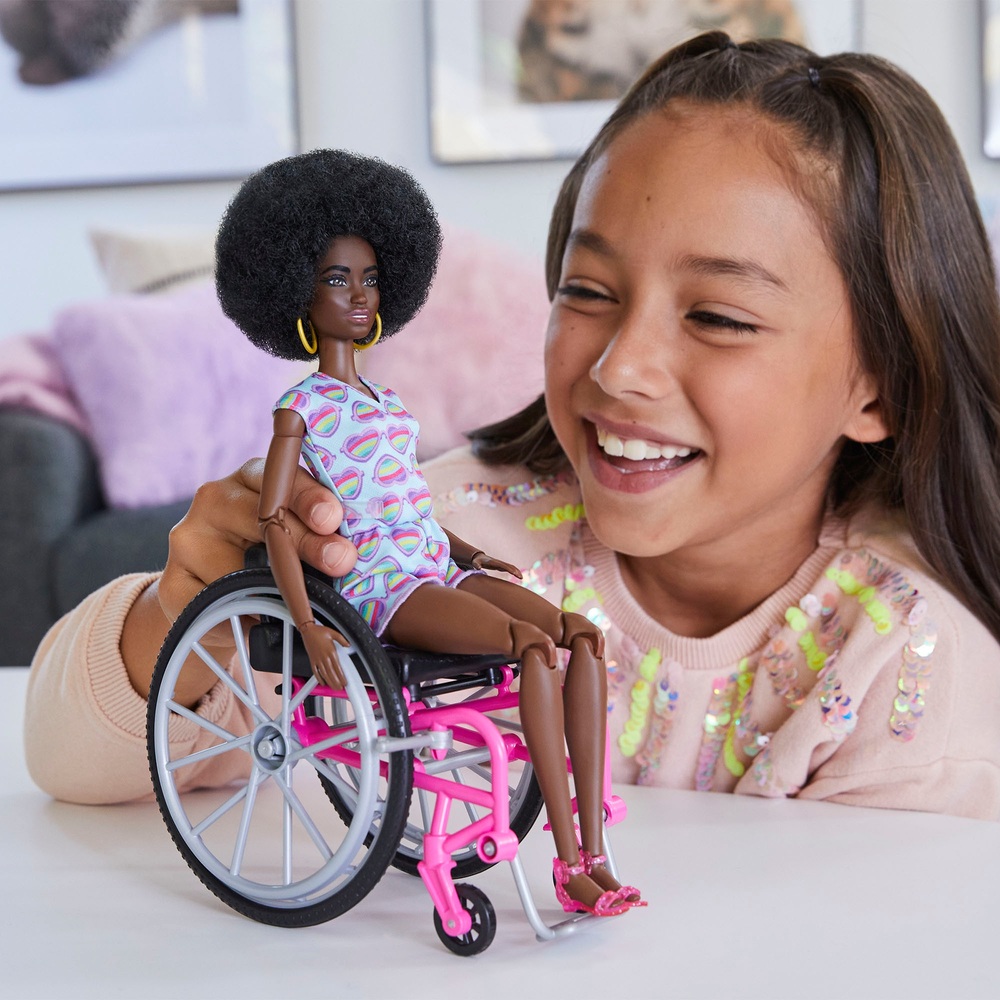The Evolution and Impact of Disabled Barbie Dolls
The Evolution and Impact of Disabled Barbie Dolls
Key Takeaways about the story of disabled Barbie Dolls
| Topic | Key Points |
|---|---|
| Introduction | Brief history of Barbie, importance of representation in toys |
| Early Representation | 1997: Introduction of Share a Smile Becky, issues with the design |
| Recent Developments | 2019 onwards: Inclusive Fashionistas line, Barbies with various disabilities |
| Importance of Representation | Disabled children seeing themselves in toys, promoting acceptance and empathy among all children |
| Ongoing Efforts | Continued expansion of disability representation, future possibilities |
| Broader Context | Toys’ role in shaping perceptions, parallels with broader disability representation in society |
Introduction
Since her debut in 1959, Barbie has been a cultural icon and one of the most popular toys in the world. However, for many years, the Barbie line lacked diversity and representation, particularly when it came to disabilities. In recent years, Mattel has made strides towards inclusivity by introducing disabled Barbie dolls, which have had a significant impact on both disabled and non-disabled children.
Barbie’s Journey Towards Disability Representation
1997: Introduction of Share a Smile Becky
In 1997, Mattel introduced Share a Smile Becky, the first disabled Barbie in a wheelchair. While this was a step in the right direction, Becky faced some limitations and controversies. For example, her wheelchair did not fit in the Barbie Dreamhouse, highlighting the lack of accessibility in Barbie’s world.
2019 onwards: Launch of more inclusive Fashionistas line
Starting in 2019, Mattel launched the more inclusive Fashionistas line, featuring Barbies with various disabilities, such as:
- Barbies with a wheelchair
- Barbies with a prosthetic leg
- Barbies with hearing aids
- Barbies with vitiligo
- Barbies with no hair
The Importance of Disabled Barbie Dolls
Representation matters
Allowing disabled children to see themselves reflected in their toys can have a powerful impact on their self-esteem and sense of belonging. Personal anecdotes from disabled individuals highlight the significance of representation (or lack thereof) in their childhood.
Promoting acceptance and inclusion from a young age
Playing with diverse dolls can help non-disabled children develop empathy and understanding towards their disabled peers. By normalizing disabilities through toys, we can foster a more inclusive society from a young age.
Personal Anecdotes about Disabled Barbie Dolls
Emma’s Story: Emma, who grew up as a wheelchair user with Muscular Dystrophy, shared her excitement about the release of inclusive Barbie dolls. She expressed how having a Barbie doll that uses a wheelchair would have meant a lot to her as a child, providing representation and normalizing disabilities. Emma also highlighted the joy of receiving her own wheelchair Barbie from Mattel, which reinforced her positive feelings towards inclusive toys. This personal connection illustrates the profound impact that seeing oneself reflected in toys can have on self-esteem and acceptance.
Ongoing Efforts and Future Possibilities
In recent years, Mattel has continued to expand its disability representation in the Barbie line:
- 2022: Introduction of Barbie with behind-the-ear hearing aids
- 2023: Launch of Barbie with Down syndrome, created in collaboration with the National Down Syndrome Society
However, there is still a need for continued expansion of disability representation in toys, such as potential future Barbies with service dogs, mobility aids, and other disabilities.
The Broader Context: Disability Representation in Media and Society
Disabled Barbie dolls are part of a larger conversation about disability representation in media and society. Toys play a crucial role in shaping children’s perceptions and attitudes, and the evolution of Barbie reflects the growing visibility of disabled individuals in mainstream culture.
Authentic representation and collaboration with the disabled community are essential in creating inclusive toys that accurately reflect the diverse experiences of disabled individuals.
Conclusion
The introduction and evolution of disabled Barbie dolls mark significant progress in disability representation and inclusion in the toy industry. By allowing disabled children to see themselves reflected in their toys and promoting acceptance among non-disabled children, these dolls have the potential to create a more understanding and inclusive society.
As we move forward, it is crucial for toy companies like Mattel to continue prioritizing inclusivity, diversity, and authentic representation in their products, working in collaboration with the disabled community to ensure that every child feels seen and valued.


